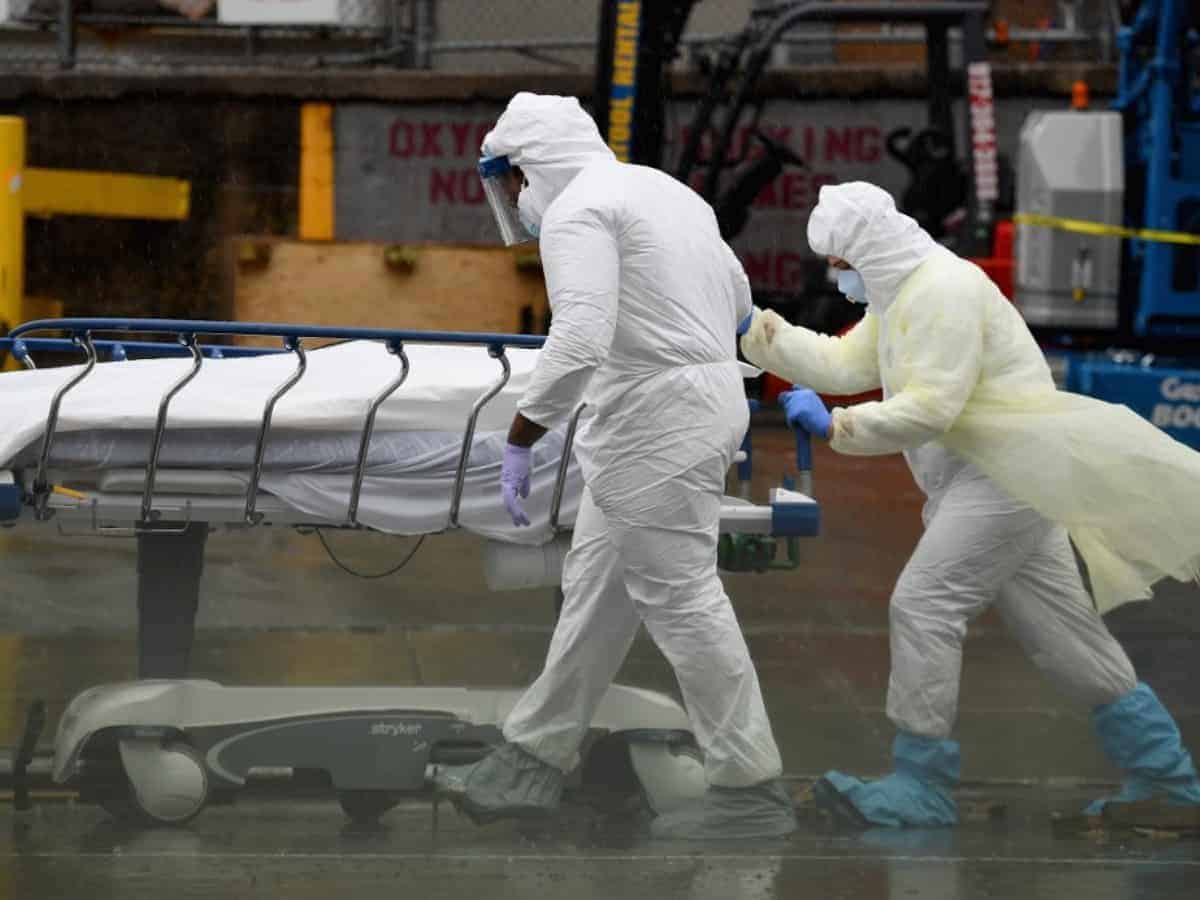Washington DC: The states lying-in the south of the United States, like Alabama and Texas, which are rapidly reopening their economies, are in danger of a second wave of COVID-19 in the next four weeks, according to The Washington Post.
Second wave of cases
A study cited by the US daily says that most communities in the US should be able to by-pass the second wave of cases if people will adhere to social distancing norms, even at a time when the businesses are opening up and restrictions are being eased across the country.
The model, developed by Policy Lab at Children’s Hospital of Philadelphia points that there is a risk of resurgence in COVID cases in the counties of Crawford, Iowa; Colfax, Neb.; and Texas, Okla. and the city of Richmond.
“As communities reopen, we’re starting to detect evidence of a resurgence in cases in places that have overreached a bit,” David Rubin, director of PolicyLab was quoted as saying by The Washington Post.
Difficult for public health experts to forecast
As people emerge from shutdowns and economic activity resumed it is becoming difficult for public health experts to forecast during this transitional period, The Post said. “There are preliminary signs, however, that hot spots — new clusters of coronavirus spread — could soon flare across parts of the South and Midwest,” the newspaper report reads.
The report by The Post states that uncertainty in the projection of cases in different of the country has created an ambiguous picture. For instance, the COVID-19 fatality rate is dropping, but increased activity and travel in a population that remains susceptible to the contagion.
“No doubt there will be new waves of cases,” Anthony S. Fauci, director of the National Institute for Allergy and Infectious Diseases, said Wednesday.
“The virus is not going to disappear,” he said in an interview with The Washington Post. “It’s a highly transmissible virus. At any given time, it’s someplace or another. As long as that’s the case, there’s a risk of resurgence.”
Dr Fauci said the US has time to prepare for new caseloads, which could spike in the fall.
According to the US Department of Health and Human Services and the Federal Emergency Management Agency suggests new waves could be steep enough in some places to overwhelm the capacity of the state’s medical infrastructure.
Umair Shah, executive director of Harris County Public Health, said he has seen “slight upticks” but not “a significant increase thus far” in cases. He is concerned, however, about the state’s reopening.
“There are mixed messages from the federal, state and local levels,” Shah said. “It’s summer, it’s 90 degrees right now outside — for people to start getting complacent and feel, ‘Oh, the virus is yesterday’s news’ . . . we have that concern.”
Nicholas Reich, biostatistician of the University of Massachusetts, projects a decline in fatalities over the next four weeks. His model shows that by mid-June, the United States is likely to reach 113,000 deaths. However, Reich adds that it is difficult to factor in the situation as to how people will behave as restrictions are lifted.
“There’s so much complexity and so much that could change,” Reich said.
The Post further says that the main point is that the virus does not reveal its presence readily. Therefore, it becomes hard for the scientist to project the cases. The incubation period is between 5 to 14 days and even in some cases even more than that.
“We’re looking at potentially a month or two later that we’re going to see the impact” of the reopening, said Leana Wen, the former Baltimore health commissioner. “You have not seen the impact of reopening yet. I think there’s going to be a very significant lag.”
COVID-19 deaths
On Friday, US reported 1,255 new COVID-19 deaths, taking the total number of fatalities to 94,661, according to Johns Hopkins University.
The country continues to be hardest hit by the pandemic has now reached 1,576,542 cases.

